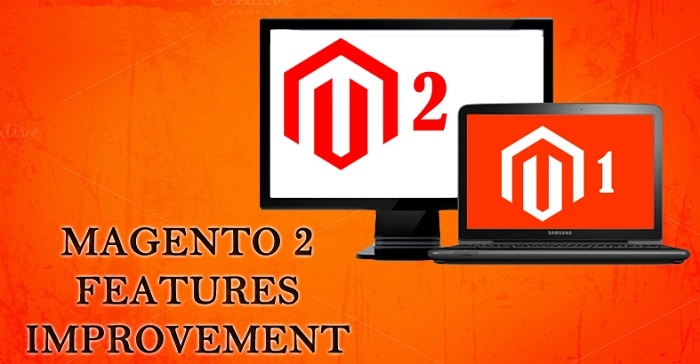Most Awaited Ebook Is HERE!
Let Us Take Care Of All Your M1 to M2 Migration Woes.

After years of speculations and assumptions, Magento 2 finally appeared on the scene with a bang that took the entire Magento community by surprise. Before the arrival of the feature-rich Magento 2, we were all skeptical about the trend-setting improvements in the next version of the most popular ecommerce platform. Eager Magento developers are now trying their hands at the new platform’s installation, stabilization, and stress-testing. Meanwhile, Magento certified developers are also busy comparing the new platform with its predecessor, Magento 1.
Let Us Take Care Of All Your M1 to M2 Migration Woes.
The new look of Magento is quite impressive and looks more finished and mature. The lessons learned from Magento 1 seems to have made a significant impact on the development processes of Magento 2 and the new platform offers major improvements in performance and usability.
Magento 2 released with well-documented support for installation and optimization. The projects developed on the earlier Edition can be easily migrated to Magento 2 and run successfully without any major issues. With our short, yet exhaustive, experience with Magento 2, we can dare say that it keeps all the promises it made by providing:
For websites with heavy traffic, a few key factors such as proper configuration, best practices for codes, and proper cache settings play a major role in front-end performance. Magento 2 comes with a well-developed cache layer and in some instances, we saw Full Page Cache (FPC) in the newer version. Magento 2 uses Varnish as the page cache solution.
Continuous re-indexing of database resources is not advisable for ecommerce businesses with large catalogs as it affects daily business. To address this problem, Magento 2 introduced the concept of partial indexing or incremental indexing. In Magento 1, this feature was available only in the enterprise edition. In the new release, developers can now use this capability with both the community and enterprise editions.
Magento 1 could not handle multiple databases for a single installation. It couldn’t even perform checkout, catalog and customer operations on separate master databases. Magento 2 now offers three separate master databases for catalog browsing, order management, and the checkout process. This feature, however, is available only with the Enterprise Edition for now.
Magento 2’s platform is designed with a completely new architecture that better conforms with the best practices for development of Magento projects. To take advantage of this platform, developers have to be very good with the scripting standards of PHP, use of Composer for application dependency management, and distinction among application layers. The complexity of the new architecture can intrigue the developers to some extent.
Magento 2 enforces several industry standards for security and development practices to ensure protection against potential attacks. SHA-256 password hashing has been introduced in both Community and Enterprise Edition of Magento 2. Previously, hashing was available only in the Enterprise Edition.
Along with keeping all the catalog features of Magento 1, the newer version boasts an improved UX and workflows that will get excellent reviews from both the end-users and Magento development companies. Multiple product templates, the creation of categories from the product page, building complex product structures are all possible with Magento 2 now.
Magento developers expecting changes in this department are in for some disappointment. They will have to make do with minor layout and design enhancements. The functionalities like workflows and invoice customizations remain almost the same as in the older Magento 1.
Magento does not support backward compatibility. All the extensions developed for Magento 1 will require a refactoring in order to remain compatible with Magento 2. So get ready for heavy re-factorization of Magento extensions as store owners start to migrate to Magento 2.
Magento 2 now integrates popular payment gateways like PayPal, Authorize, and Braintree in the platform. It also lets the developers integrate older versions of payment gateways in Magento 2 through simple customizations.
Magento 2 got a completely new and attractive makeover in terms of both looks and functionality. Developers can also enjoy few new features that were originally available only in the Enterprise Edition of Magento 1.
The author is Harshal Shah, CEO and founder of XHTML Junkies, a global IT consulting firm with expertise in Magento development and delivering IT solutions on Web, Mobile, and Cloud. He is a tech evangelist with a reputation to provide optimum solutions for business automation and solving real life problems with the power of IT.